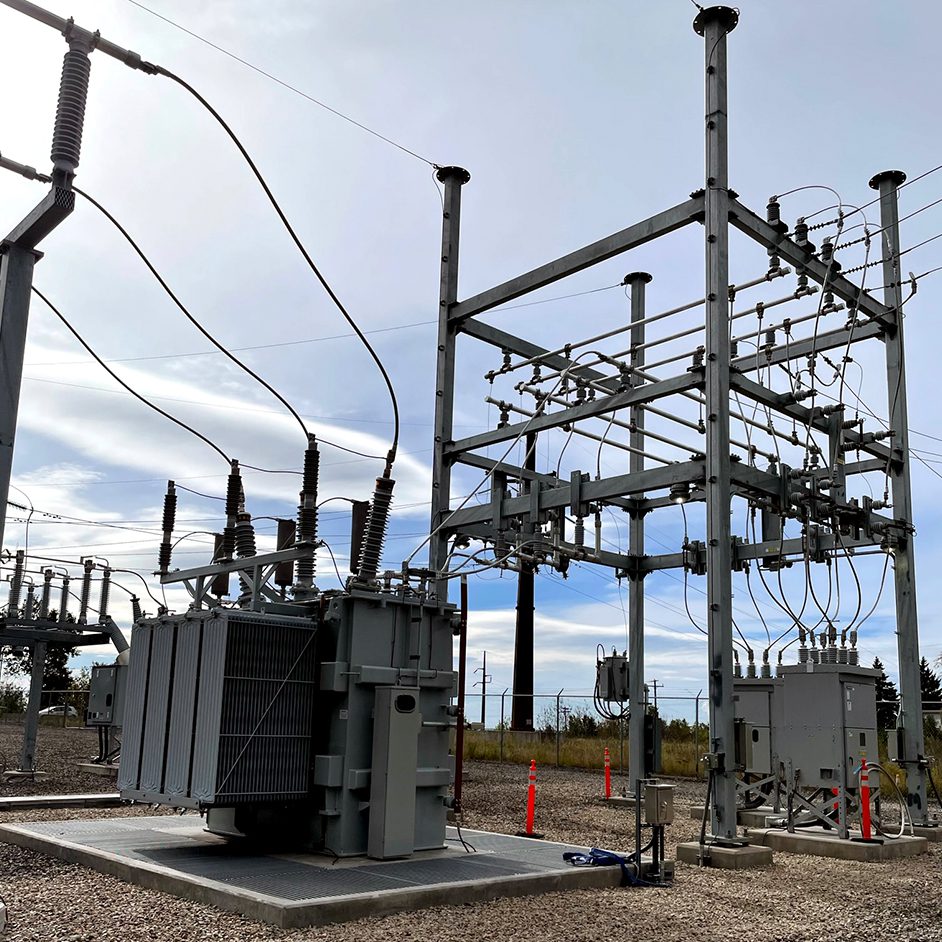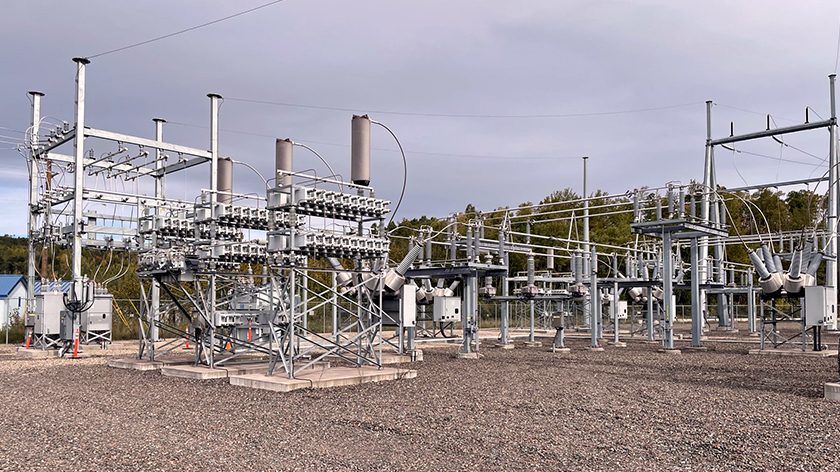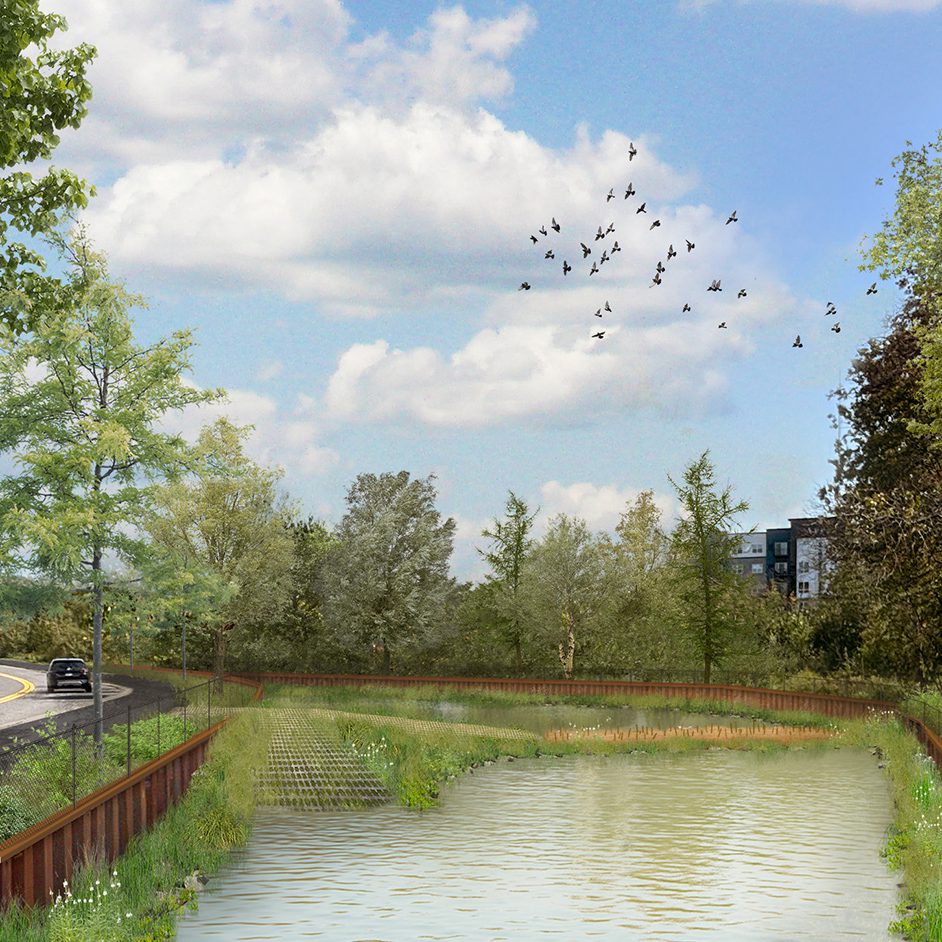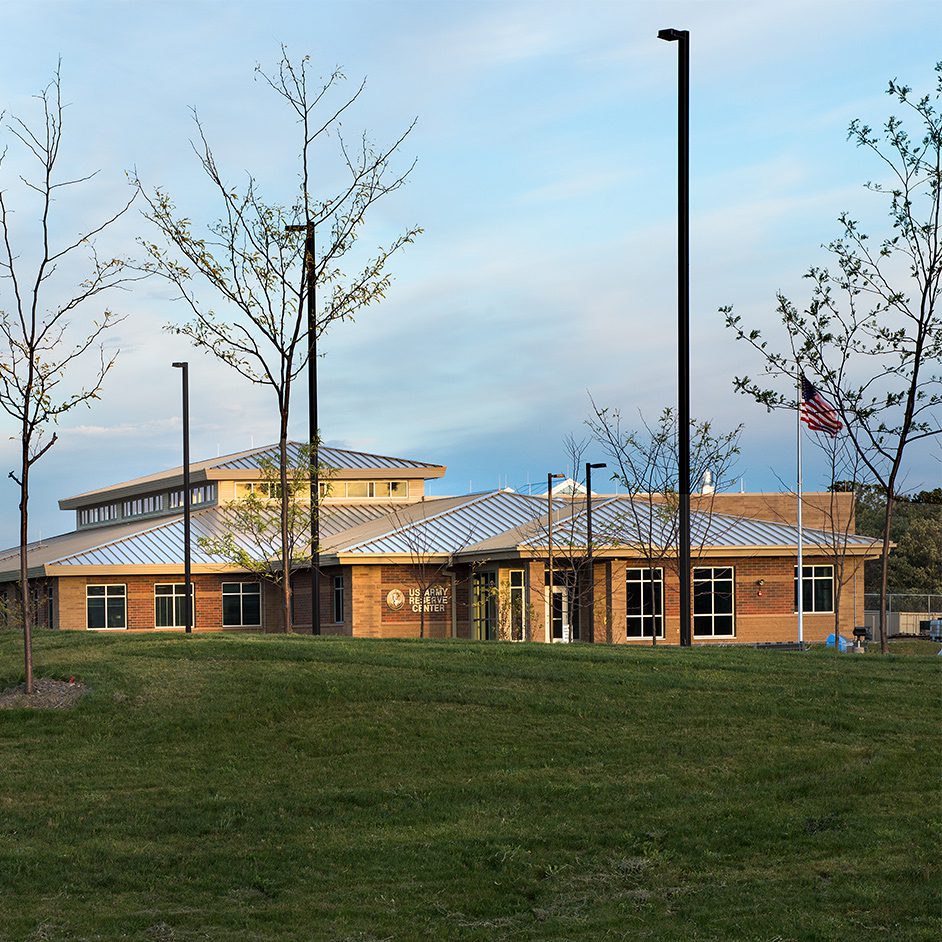
Minnesota is a leader in renewable energy. According to the 2024 Minnesota Energy Factsheet, the majority of the state’s electricity came from zero-carbon sources for the fourth consecutive year, including wind, solar, hydro, and biomass.
LHB plays a significant role in the modernization of the state’s electrical infrastructure, advocating and collaborating for a more robust and reliable energy future. The firm embarked on its largest utility endeavor to date in 2000 — a 345kV, 220-mile transmission power line connecting Minnesota and Wisconsin. In 2010, LHB provided civil and structural engineering design for its first greenfield substation, a 115kV facility near Brainerd, MN, followed in 2012 by another 115kV substation near Hibbing. These achievements are all attributed to our longstanding relationship with a major Minnesota utility and the prior substation experience of several of our staff.
In 2018, LHB provided structural engineering services to perform a comprehensive analysis and reinforcement design for the HVDC Terminal buildings at both ends of a +/- 250kV DC transmission line between Hermantown, MN, and Center, ND, for re-roofing projects. LHB’s ongoing substation design contributions to several major Minnesota utilities’ extensive modernization programs and the Northland Reliability Project will significantly enhance the grid’s overall efficiency and reliability. These improvements ensure that communities across Minnesota have access to a stable and dependable power supply.
Reliable Power for Daily Life, Critical Services
Reliable power is essential for the daily lives of residents, supporting everything from household activities to critical services like healthcare and emergency response. A robust power grid also fosters economic growth by providing the necessary infrastructure for businesses to operate efficiently and expand. Additionally, modernizing the grid helps integrate renewable energy sources and bolsters national security.
Driving these upgrades is compliance with North American Electric Reliability Corporation (NERC) and Federal Energy Regulatory Commission (FERC) requirements, along with the growing need to integrate expanding renewable energy sources such as solar power, wind, and hydropower. Companies are simultaneously striving to reduce outages and meet the escalating demand to upgrade aging substations and integrate innovative technologies to improve grid reliability. This includes providing civil and structural engineering support, as well as boundary and topographical surveys for many substation projects — services LHB provides.

Substations play a crucial role in the electrical grid by transforming voltage levels, managing the flow of electricity, and ensuring safe and reliable power distribution. They include components such as transformers, switchgear, and circuit breakers, which help control and protect the electrical network. Investments in power infrastructure not only enhance reliability but also pave the way for future technological advancements, such as smart grids and energy storage solutions, which can further optimize energy use and distribution.
Additionally, LHB is enhancing the local distribution network to ensure a reliable power supply for residents and provides expertise in electrical work, specifically in grounding design. Working across the state, LHB’s services include civil and structural engineering design, containment (SPCC) design, electrical grounding and distribution design, surveying, and construction support. LHB is currently actively working on nearly twenty Minnesota high-voltage substations covering primary voltage classes of 69kV, 115kV, 230kV, 345kV, and 500kV.
LHB utilizes the American Society of Civil Engineers (ASCE)/SEI Substation Structure Design Guide — MOP 113, which provides the latest electrical substation structural design practices for structure loading, strength design, and deflection limitation guidelines, to ensure safety, reliability, and efficiency in substation projects. LHB is currently working with two major Minnesota utilities to update their standard substation structures to meet the new MOP 113 requirements.
As utilities expand their energy portfolios, there will be an increasing demand for new transmission lines to transport renewable wind and solar-generated power across the country, thereby enhancing the grid. These lines will necessitate substations to manage voltage levels and distribute electricity to homes and businesses. Regular maintenance will be essential to maintain the grid’s reliability and efficiency.
Modernizing the power grid is dynamic and ongoing, making LHB a key player in fortifying the state’s energy infrastructure and leading the charge toward a cleaner energy future. ∎
Alan Vorderbruggen, PE, SE, Engineering Director, brings nearly 40 years of industry experience to LHB, leading the civil and structural design teams in its Energy & Industry group. Click the links to explore our innovative work in Power & Utility Infrastructure, Oil & Gas, and Pulp & Paper.


